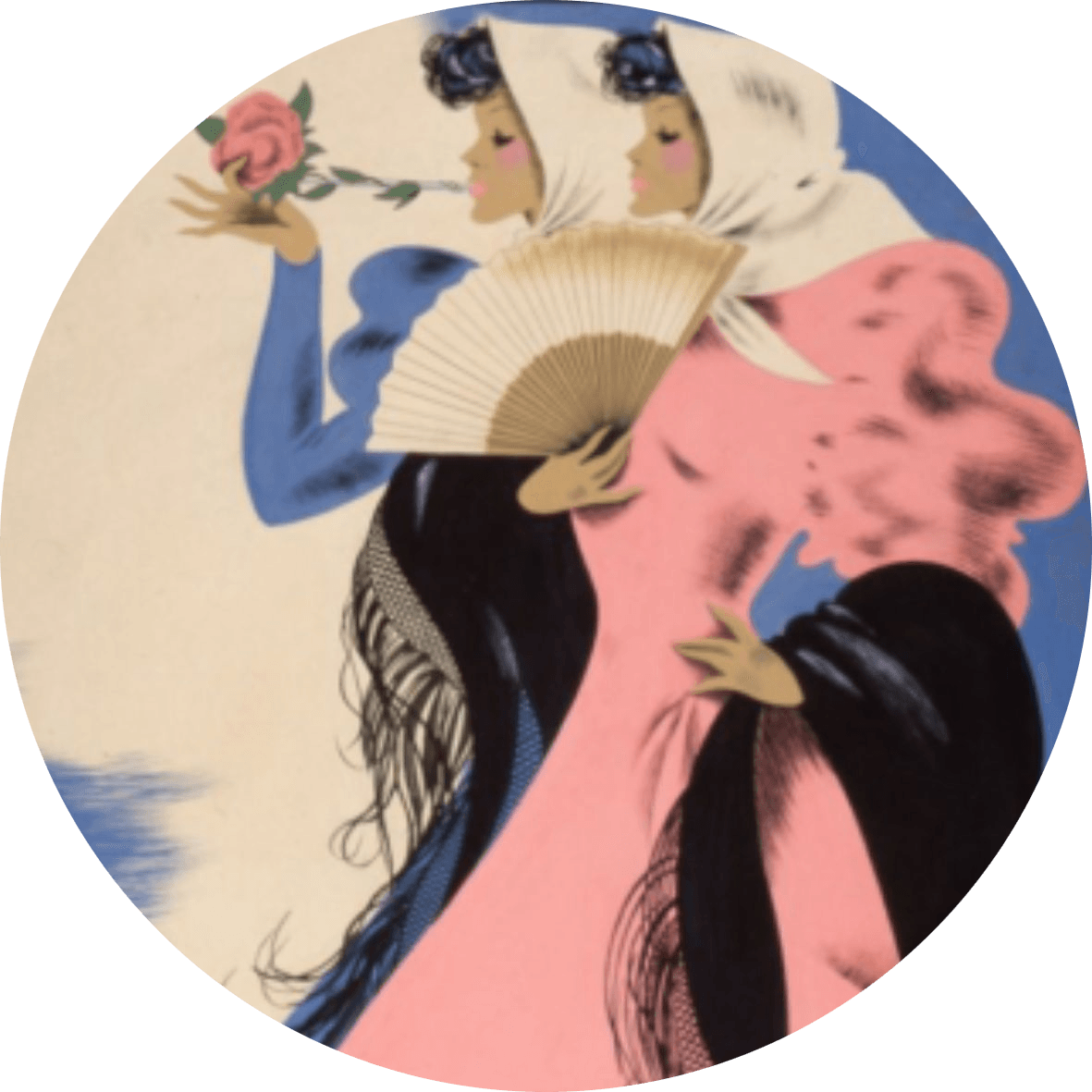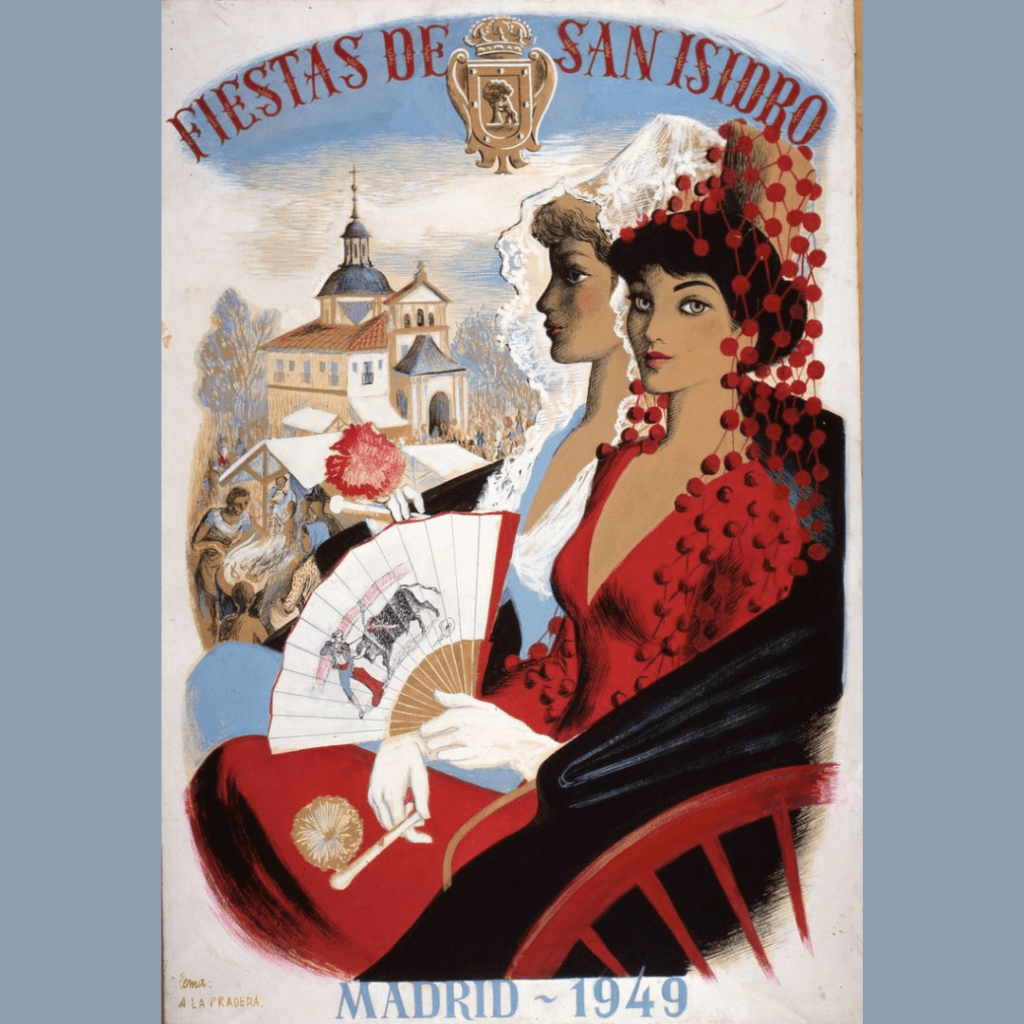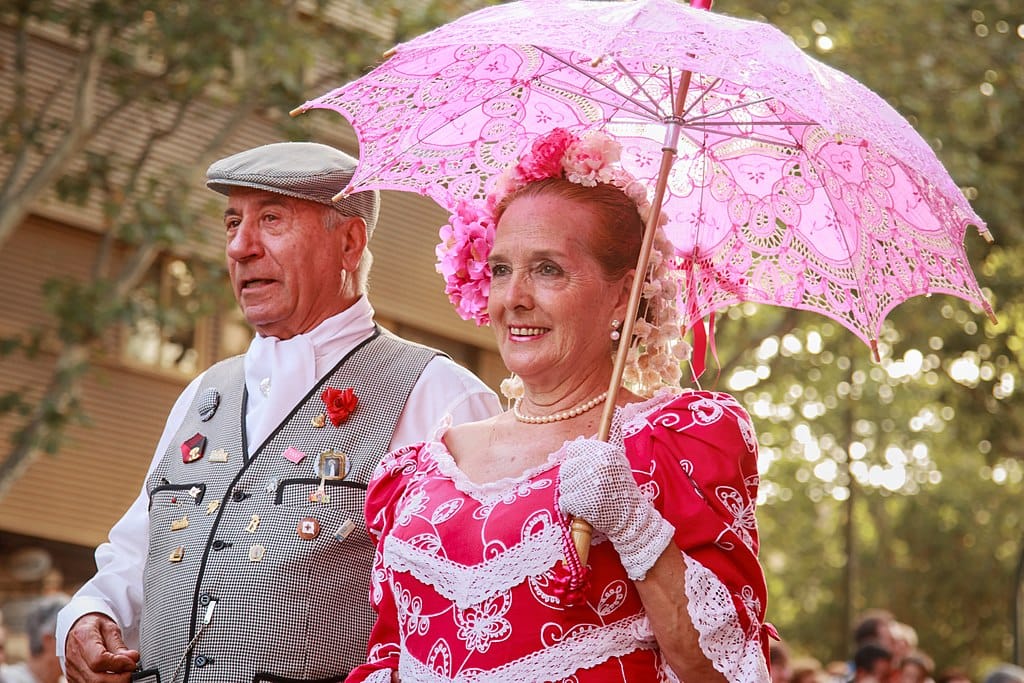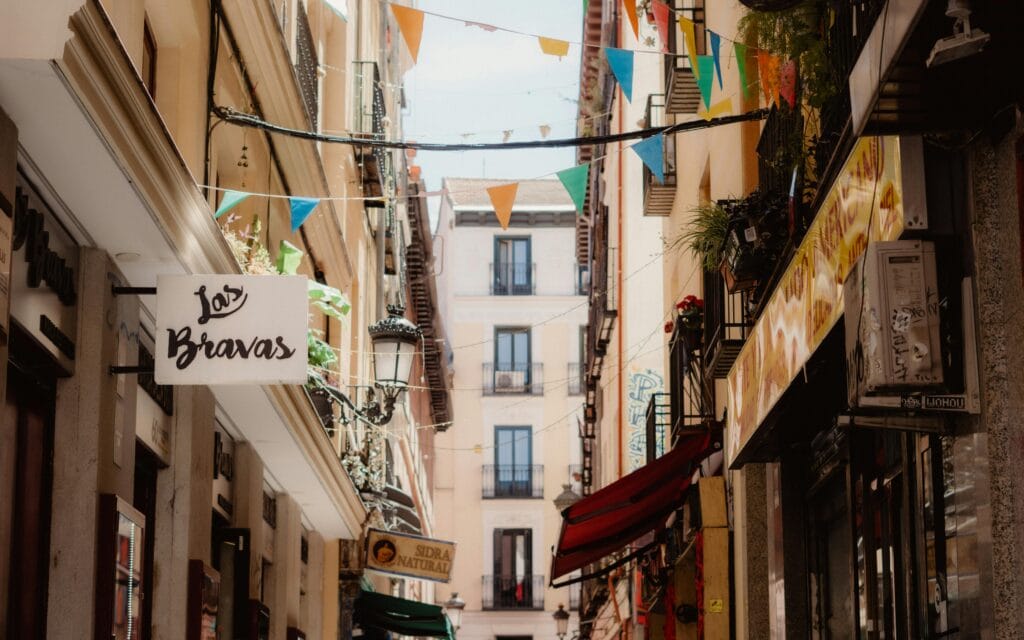
- January 5-6: Three Kings Day (Día de los Reyes)
- February (Before Ash Wednesday): Madrid Carnaval
- Mid-February: ARCO (Madrid's International Contemporary Art Fair)
- Last Week of March: Semana Santa (Holy Week)
- May 2: Dos de Mayo
- May 15: Fiestas de San Isidro
- Late May to Early June: Feria del Libro
- June to Late August: PHotoESPAÑA
- Mid-July to End of August: Veranos de la Villa
- August 1-15: Fiestas of Lavapiés and La Paloma
- October 12: Día de la Hispanidad
- November 9: Día de la Virgen de la Almudena
Madrid pulses with festive energy throughout the year, offering visitors and locals alike a window into the city’s rich cultural tapestry. From solemn religious processions to raucous street parties, the Spanish capital maintains a packed festival calendar that showcases the city’s spirit and traditions. While Barcelona and Seville might get more attention for their celebrations, Madrid’s festivals reveal the authentic heart of the city – where ancient customs blend with contemporary revelry, and where both visitors and Madrileños can connect with Spain’s cultural heritage. Whether you’re planning a visit or simply curious about Spanish traditions, this month-by-month guide highlights Madrid’s most captivating celebrations.
January 5-6: Three Kings Day (Día de los Reyes)
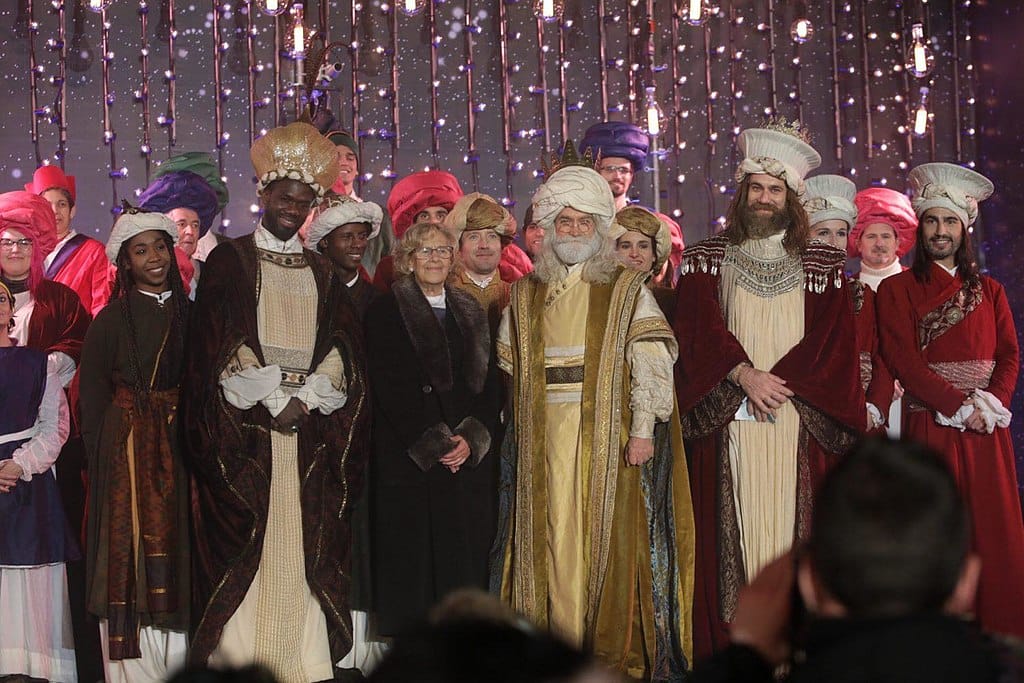
The Epiphany marks the true climax of the Spanish Christmas season with vibrant citywide parades and dazzling fireworks. On the evening of January 5, the Cabalgata de Reyes (Three Kings Parade) winds through Madrid’s center as Melchior, Gaspar, and Balthazar toss candies to excited children lining the streets. The following morning, families exchange gifts and enjoy rosón de reyes, a special ring-shaped pastry. This celebration is particularly magical for families with young children who eagerly await gifts from the Three Wise Men rather than Santa Claus. Other parades are scattered about the city in the runup so if you’re bad with crowds there are alternatives.
February (Before Ash Wednesday): Madrid Carnaval
Just before the solemnity of Lent begins, Madrid erupts in the colorful revelry of Carnaval. The festivities culminate in the unique “Entierro de la Sardina” (Burial of the Sardine) ceremony, held alongside Madrid’s Manzanares River. Members of the Alegre Cofradía del Entierro de la Sardina, dressed in elaborate black cloaks and top hats, carry an artistic sardine coffin in a procession that ends with a purifying bonfire. This curious tradition, immortalised in Goya’s famous painting, symbolises the farewell to indulgence before the Lenten season begins.
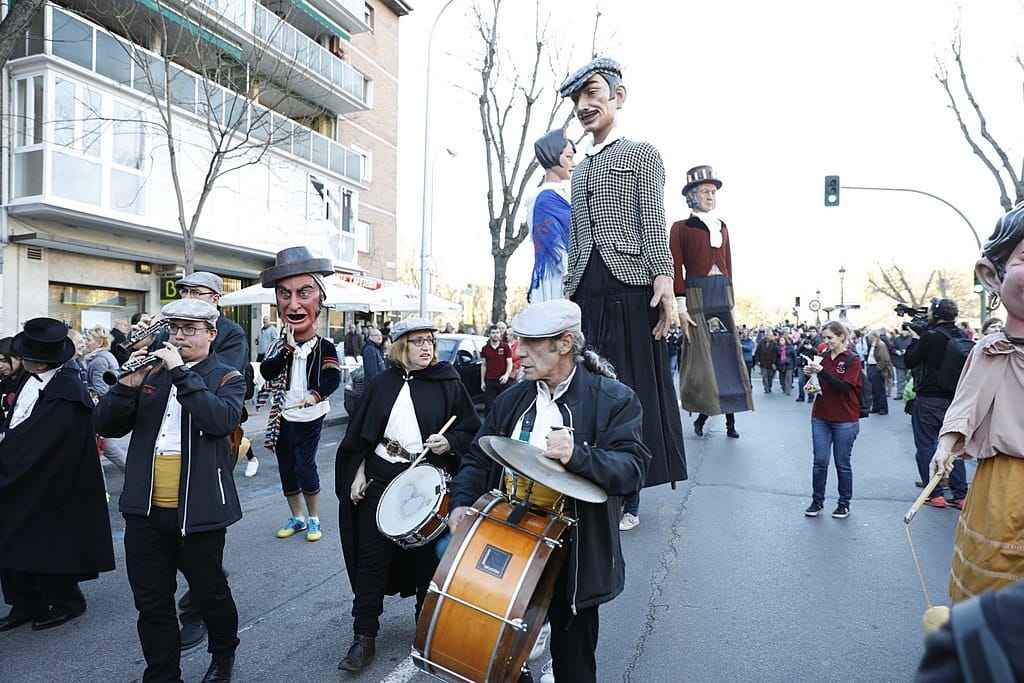
Mid-February: ARCO (Madrid’s International Contemporary Art Fair)
ARCO transforms Madrid into an international art hub, showcasing contemporary works from global artists at the IFEMA exhibition centre. This prestigious fair draws art enthusiasts, collectors, and curators from around the world to view cutting-edge pieces from hundreds of galleries. During ARCO week, the entire city embraces the artistic spirit with supplementary exhibitions and cultural events throughout Madrid’s galleries and museums.
Last Week of March: Semana Santa (Holy Week)
While not as famous as the Semana Santa celebrations in Andalusia, Madrid’s Holy Week processions offer their own solemn beauty. Religious brotherhoods carry elaborate pasos (floats) through the streets of central Madrid. The air fills with the scent of incense as powerful displays of faith and tradition provide visitors with a profound glimpse into Spain’s religious heritage.
May 2: Dos de Mayo
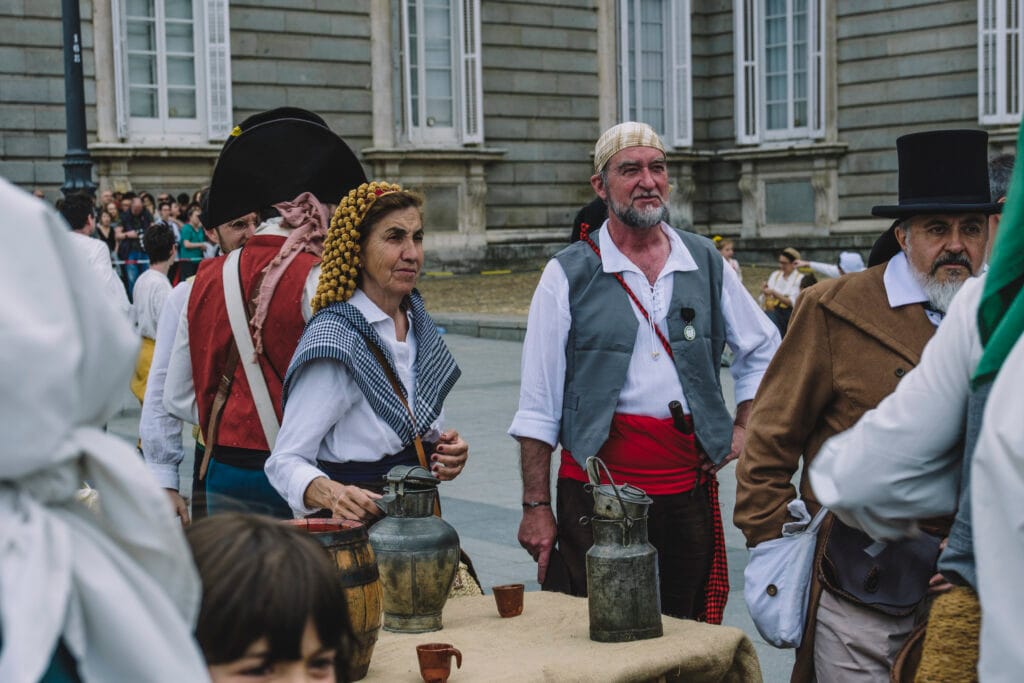
Madrid commemorates its 1808 uprising against French occupation with concerts and civic celebrations throughout the city. This historically significant rebellion by ordinary Madrileños against Napoleon’s forces sparked Spain’s War of Independence. In recent years, the celebration has evolved from street parties in Plaza Dos de Mayo to larger historical reenactments in Sol and by the palace. Participants recreate the battles in elaborate period costumes, providing a theatrical window into this pivotal moment in Madrid’s history.
May 15: Fiestas de San Isidro
Madrid’s biggest annual festival honors its patron saint with over a week of concerts, traditional dancing, and street fairs. San Isidro (c 1070-1130), known for miraculous deeds including raising a fallen baby from the bottom of a well, is celebrated enthusiastically by Madrileños who don traditional chulapo and chulapa costumes. Women wear colourful spotted dresses with red or white carnations in their hair, while men sport chequered waistcoats and caps with carnations in their buttonholes. The heart of the celebration is the Pradera de San Isidro park, where locals picnic and dance the chotis, a traditional Madrid dance where chulapas spin around stationary chulapos.
Late May to Early June: Feria del Libro
Bibliophiles flock to the leafy paths of Retiro Park for Madrid’s International Book Fair, where hundreds of booksellers and publishers set up stalls along the park’s picturesque walkways. Authors sign books and participate in readings, while visitors browse everything from rare antiquarian volumes to the latest bestsellers. The fair has a different guest country each year, showcasing international literature alongside Spanish works. With its relaxed atmosphere and gorgeous park setting, the Feria del Libro makes for a perfect cultural afternoon even for casual readers.
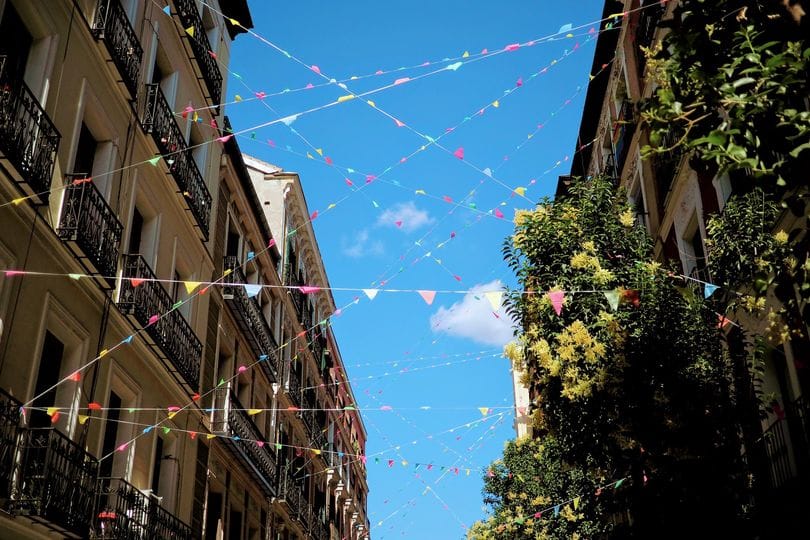
June to Late August: PHotoESPAÑA
This prestigious international photography festival transforms Madrid’s museums, galleries, and public spaces into a massive showcase for visual storytelling. PHotoESPAÑA features work from both established masters and emerging talents, with exhibitions spanning various genres and techniques. The festival’s outdoor installations bring photography into Madrid’s streets and plazas, making art accessible to everyone while beautifying the urban landscape during the summer months.
Mid-July to End of August: Veranos de la Villa
When summer temperatures soar, Madrid’s cultural life moves outdoors with this festival of music, dance, and open-air cinema. Veranos de la Villa (Summer in the City) presents performances in parks, gardens, and historic venues throughout Madrid, offering everything from classical concerts to contemporary dance and world music. Many events are free, making this an accessible way for both visitors and locals to enjoy cultural performances under the stars while escaping the daytime heat.
August 1-15: Fiestas of Lavapiés and La Paloma
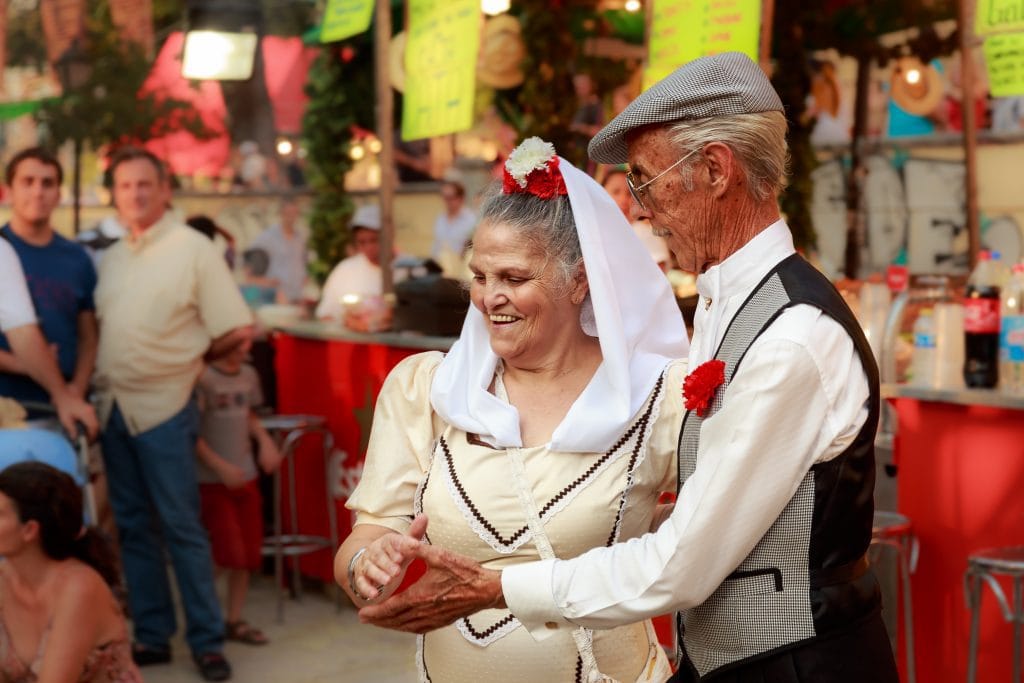
August in Madrid brings three local festivals that keep the city lively despite the summer heat. The festivals of San Cayetano (August 7), San Lorenzo (August 10), and the Virgen de la Paloma (August 15) take place in the adjoining neighbourhoods of Lavapiés and La Latina. These verbenas (open-air festivals) feature traditional dance and music, with chulapos and chulapas dancing the chotis. Streets are decorated with paper garlands and manila shawls, while stalls sell typical Madrid fare. The Virgen de la Paloma celebration reaches its climax when a strapping fireman climbs to retrieve the 80-kilogram painting of the Virgin from the church, before placing it on a float for a procession through La Latina.
October 12: Día de la Hispanidad
Spain’s national day commemorates Columbus’s arrival in the Americas with a massive military parade along Paseo de la Castellana. The event features an impressive aeronautical display as fighter jets trail smoke in the red and yellow colours of the Spanish flag. The Spanish monarch presides over the ceremony, which includes displays from various military branches. While the patriotic pageantry draws crowds, it’s worth noting that the celebration has become politically charged in recent years, with debates about Spain’s colonial past making this a festival that’s not universally embraced.
November 9: Día de la Virgen de la Almudena
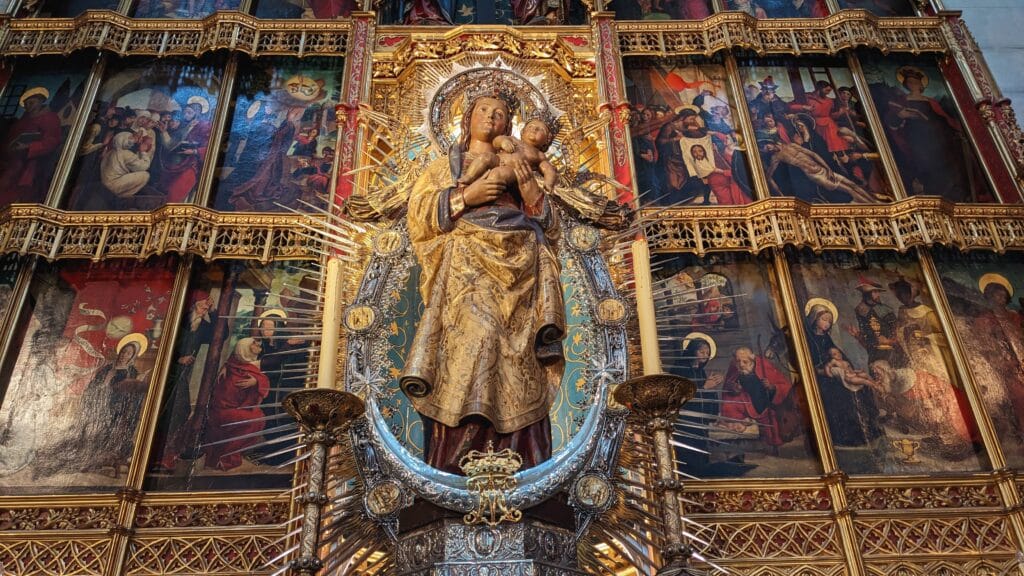
Madrid honours its female patron saint with religious processions and festivities centred around Almudena Cathedral. According to legend, when Alfonso VI reconquered Madrid from the Moors in 1085, a wall miraculously crumbled to reveal a hidden statue of the Virgin that had been concealed for centuries. Today’s celebration includes a solemn Mass at the cathedral, followed by a procession carrying the Virgin’s image through the centre.
Whether you’re planning a trip to Madrid or simply curious about Spanish traditions, these festivals offer a glimpse into the city’s cultural soul. Each celebration reveals something unique about Madrid’s history and character, from religious devotion to revolutionary spirit to simply knowing how to throw an unforgettable party. Time your visit to coincide with one of these festivals, and you’ll experience Madrid at its most authentic and vibrant.
Want to find out more about the history of Madrid? Why not try one of my audio tours of the city done in conjunction with VoiceMap.
